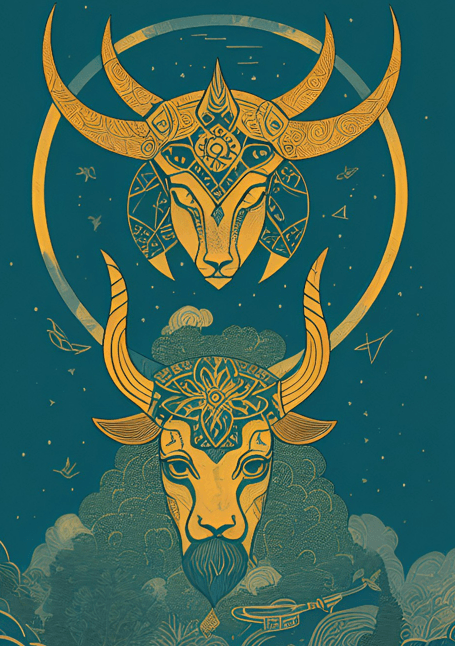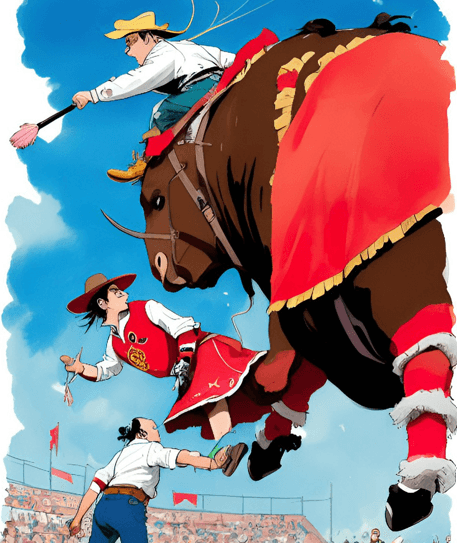The Minoan civilization was known for its complex religious beliefs and rituals, and its mythology played an important role in ancient Cretan society. Their pantheon of deities was extensive and included a number of gods and goddesses that were associated with the natural world and human experiences. Here, we will explore the mythology of Minoan civilization, including their deities, rituals, and symbols.
The Deities of Minoan Mythology

The Minoan pantheon was wide-ranging and included a number of deities that were associated with various aspects of the natural world and human experience. Arguably, the most important of these deities were the Mother Goddess and her male consort, the Horned God. The Mother Goddess was associated with fertility, nature, and the underworld, and she was often depicted in Minoan art as a voluptuous figure with exposed breasts and a prominent belly. The Horned God was associated with the hunt, wild animals, and male virility, and he was often depicted as a bull or a man with the head of a bull.
Other important deities in Minoan mythology included the goddesses of the harvest, the moon, and the sea, as well as the gods of the sun, the sky, and the afterlife. These deities were often depicted in Minoan art, and were often characterized by vivid colors, graceful shapes, and powerful poses.
The Rituals of Minoan Mythology

The Minoans were known for their complex religious rituals, which were performed in the palaces and temples that served as the centers of their society, such as the palace of Knossos that still stands today. These rituals included offerings of food and drink, as well as the sacrifice of animals and the burning of incense. The purpose of these rituals was to honor the deities and to ensure their favor and protection.
One of the most important rituals in Minoan mythology was the bull-leaping ceremony. This ceremony involved young men and women leaping over the horns of a bull in a display of strength and agility. The bull-leaping ceremony was associated with the worship of the Horned God and was a central aspect of Minoan religious practices.
The Symbols of Minoan Mythology

Minoan mythology was rich in symbols, many of which were associated with the deities and rituals of their religion. One of the most important symbols was the double axe, which was associated with the Mother Goddess and was a prominent feature of Minoan art and symbolism. The double axe is believed to have represented fertility and regeneration, and it was used in religious rituals as a tool for sacrifice and purification.
Perhaps unsurprisingly, another important symbol in Minoan mythology was the bull, which was associated with the Horned God and was a common theme in Minoan art. The bull was seen as a symbol of male virility and strength.
The snake was also an important symbol in Minoan mythology. It was associated with the goddess of the underworld, and was seen as a symbol of renewal and transformation.
The Legacy of Minoan Mythology
Minoan mythology has had a long-lasting impact on Western culture, and many of its themes and symbols can be seen in the art, literature, and religious practices of later and modern civilizations. The worship of the Mother Goddess, for example, influenced the development of the cult of Demeter in ancient Greece, and the bull-leaping ceremony was later incorporated into the sport of bullfighting in Spain.
The symbols of Minoan mythology have also had a lasting impact, and they can be seen in the art and architecture of ancient Greece, as well as in the religious practices of other civilizations. The double axe, for example, was later adopted by the Mycenaean civilization, who associated it with the god Zeus.
Get in Touch
We hope you enjoyed this overview of Cretan mythology. Is there something you would like to add that you feel we missed? If so, please write a comment below!
For a brief summary of Minoan history, check out the great YouTube video below by See U in History!
For any enquiries, contact me at richard@mythologyplanet.com
